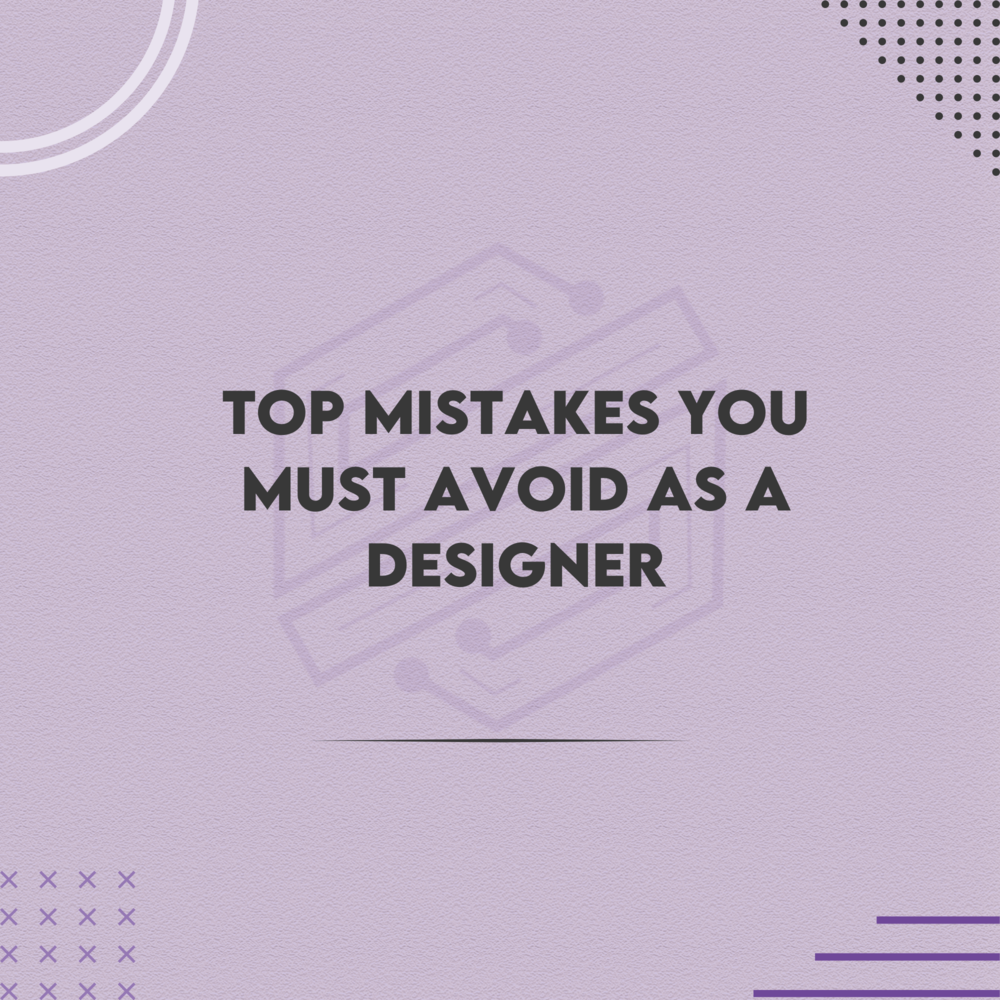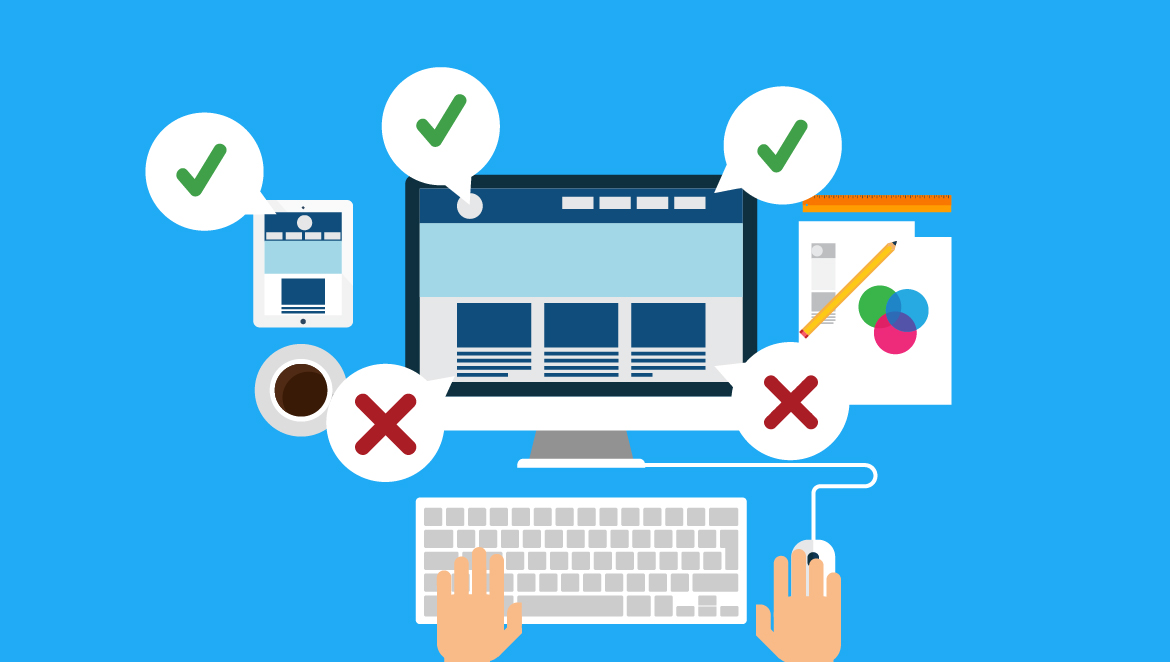As a designer, the journey from concept to creation is filled with excitement and challenges. Yet, even the most seasoned designers can stumble upon common pitfalls that hinder their progress and the effectiveness of their designs. Here, we explore the top mistakes you must avoid to elevate your craft and ensure your work resonates with its intended audience.
1. Ignoring the User Experience
A visually stunning design is useless if it doesn’t cater to the user experience (UX). Focusing solely on aesthetics without considering how a user will interact with your design can lead to frustration and disengagement. Always prioritize intuitive navigation, readability, and accessibility. Think of your design from the user’s perspective and ensure that every element serves a purpose.
2. Neglecting Research and Planning
Jumping straight into design without adequate research and planning is a recipe for disaster. Understanding your client’s needs, target audience, and industry trends is crucial. Spend time gathering data, creating user personas, and developing wireframes. This groundwork will inform your design choices and save you time in the long run by preventing costly revisions.
3. Overcomplicating Your Designs
Simplicity is the ultimate sophistication. Overloading your design with too many elements, colors, or fonts can overwhelm the viewer and dilute your message. Aim for clarity and simplicity by focusing on essential elements that convey your message effectively. Remember, white space is your friend—it helps to balance and highlight key components of your design.
4. Failing to Stay Updated with Trends
Design is an ever-evolving field. Sticking to outdated trends or ignoring new ones can make your work appear stale. Stay informed about the latest developments in design by following industry blogs, attending workshops, and engaging with the design community. However, be discerning and adapt trends in a way that aligns with your project’s goals and audience expectations.
5. Poor Communication with Clients
Effective communication with clients is critical to the success of any design project. Misunderstandings about project goals, timelines, and expectations can lead to dissatisfaction and rework. Establish clear communication channels, provide regular updates, and seek feedback throughout the design process. This collaborative approach ensures that you and your client are on the same page.
6. Not Testing Your Designs
Designs that look perfect on your screen may not perform as expected in real-world scenarios. Skipping the testing phase can result in functionality issues and poor user experience. Test your designs across different devices, browsers, and screen sizes to identify and fix any issues before the final launch. User testing can also provide valuable insights into how your design is perceived and used.
7. Ignoring Feedback
Receiving feedback is an opportunity for growth, not criticism. Ignoring constructive feedback can stunt your development as a designer. Be open to suggestions from clients, peers, and users. Use feedback to refine your designs and enhance your skills. A collaborative mindset fosters innovation and leads to better outcomes.
8. Overlooking Typography
Typography is a powerful tool that can significantly impact the effectiveness of your design. Poor font choices, incorrect spacing, and inconsistent styles can make your design look unprofessional. Pay attention to typography by selecting appropriate fonts, ensuring readability, and maintaining consistency throughout your design. Effective typography guides the viewer’s eye and reinforces your message.
9. Underestimating the Importance of Color
Color selection is not just about aesthetics; it plays a crucial role in conveying emotions and messages. Using inappropriate colors can lead to misinterpretation and reduce the impact of your design. Study color theory and understand the psychology behind colors. Choose a color palette that aligns with the brand’s identity and the message you want to communicate.
10. Lack of Adaptability
The design landscape is constantly changing, and the ability to adapt is vital for sustained success. Clinging to a single design style or approach can limit your creativity and relevance. Embrace new tools, technologies, and methodologies. Continuous learning and flexibility will keep your skills sharp and your designs fresh.
Conclusion
Avoiding these common mistakes can significantly improve your design process and outcomes. Remember, effective design is a balance of creativity, usability, and strategic thinking. By staying user-focused, keeping up with trends, and being open to feedback, you can create impactful designs that resonate with your audience and stand the test of time. Happy designing!
















